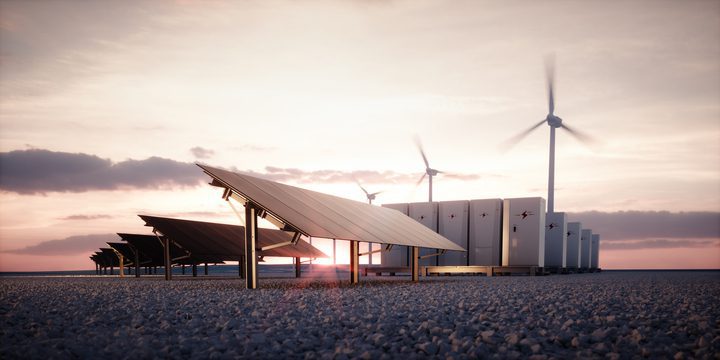Impacts & Benefits of Hosting Large-Scale Solar — Stakeholder Perceptions
Credit to Author: US Department of Energy| Date: Wed, 24 Jan 2024 18:09:46 +0000
A new journal article draws insights from 54 interviews of residents, developers, and policy makers around seven large-scale solar projects … [continued]
The post Impacts & Benefits of Hosting Large-Scale Solar — Stakeholder Perceptions appeared first on CleanTechnica.
Read more New Berkeley Lab study finds a dramatic increase in estimated project output coupled with a decrease in surrounding sound levels for future turbines as compared to those installed in the past. Multiple technological, social, and market factors of wind power are evolving rapidly. Most notably, significant wind turbine scaling in height and size is occurring […]
New Berkeley Lab study finds a dramatic increase in estimated project output coupled with a decrease in surrounding sound levels for future turbines as compared to those installed in the past. Multiple technological, social, and market factors of wind power are evolving rapidly. Most notably, significant wind turbine scaling in height and size is occurring […] We are pleased to announce the recent publication of a new Berkeley Lab analysis — “Mind the Gap: Comparing the Net Value of Geothermal, Wind, Solar, and Solar+Storage in the Western United States” — in the journal Renewable Energy. Studies show that a diverse portfolio of zero-carbon resources will be needed to decarbonize the U.S. […]
We are pleased to announce the recent publication of a new Berkeley Lab analysis — “Mind the Gap: Comparing the Net Value of Geothermal, Wind, Solar, and Solar+Storage in the Western United States” — in the journal Renewable Energy. Studies show that a diverse portfolio of zero-carbon resources will be needed to decarbonize the U.S. […] Critics of wind and solar routinely raise concerns about how much land would be required to decarbonize the US power sector. Fortunately, the answer is relatively little. A recent National Renewable Energy Laboratory (NREL) study shows that it would take less than 1 percent of the land in the Lower 48 — that’s an area […]
Critics of wind and solar routinely raise concerns about how much land would be required to decarbonize the US power sector. Fortunately, the answer is relatively little. A recent National Renewable Energy Laboratory (NREL) study shows that it would take less than 1 percent of the land in the Lower 48 — that’s an area […] Previous research has shown that the locations of businesses such as grocery stores can result in inequitable access to goods and services. Could the locations of rooftop solar businesses similarly help explain, among other factors, why rooftop solar adopters earn higher incomes, on average, than non-adopters? In a new paper published in the journal Energy Research and […]
Previous research has shown that the locations of businesses such as grocery stores can result in inequitable access to goods and services. Could the locations of rooftop solar businesses similarly help explain, among other factors, why rooftop solar adopters earn higher incomes, on average, than non-adopters? In a new paper published in the journal Energy Research and […]
 In the United States, the towers of new wind plants often measure greater than 90 meters in height and the rotors themselves can extend another ~60 meters up. The tremendous height of these structures means that wind speeds far above the surface can impact wind generation. The ability to accurately characterize wind speeds at these […]
In the United States, the towers of new wind plants often measure greater than 90 meters in height and the rotors themselves can extend another ~60 meters up. The tremendous height of these structures means that wind speeds far above the surface can impact wind generation. The ability to accurately characterize wind speeds at these […] Scientists turn century-old material into a thin film for next-gen memory and logic devices The silicon-based computer chips that power our modern devices require vast amounts of energy to operate. Despite ever-improving computing efficiency, information technology is projected to consume around 25% of all primary energy produced by 2030. Researchers in the microelectronics and materials sciences […]
Scientists turn century-old material into a thin film for next-gen memory and logic devices The silicon-based computer chips that power our modern devices require vast amounts of energy to operate. Despite ever-improving computing efficiency, information technology is projected to consume around 25% of all primary energy produced by 2030. Researchers in the microelectronics and materials sciences […] The latest research on renewables shows that the levelied cost of energy is a function of learning as much as project costs.
The latest research on renewables shows that the levelied cost of energy is a function of learning as much as project costs.